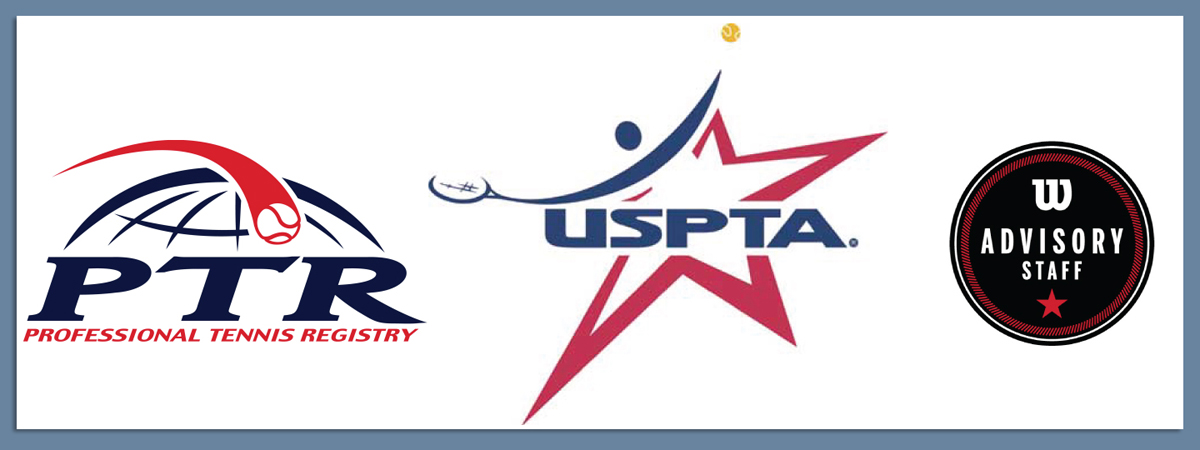Successful Doubles Returns
Good receivers have consistent returns but are also able to add variety to keep their opponents guessing. A good receiver should have at least 4 different return options. Work on these returns to keep the server off balance and your partner in a controlled aggressive position.
- The most basic return in your arsenal is the deep crosscourt return. Hitting the ball deep usually requires more net clearance and therefore it’s a shot used against a server that stays back and whose net partner does little poaching. The purpose is to play a safe shot crossing the lowest part of the net and to keep the server pinned to the baseline, giving you a chance to gain control of the net.
- Having the lob return in your arsenal is a must. When the server has made you stretch or thrown you off balance, the defensive lob is a much safer shot than going for a drive return. An offensive lob over the server’s partner will allow you to take control of the net, as well as keep an aggressive team from dominating the net. The lob is the most underutilized return in club tennis.
- Another good way to throw off your opponents is to go down the line. This is great as an occasional change up against an aggressive team. You’ve got to keep an active net player honest (even if you’re not successful at first). Your opponents will be less likely to leave their alley open. Try this shot right off the bat and when you’re up by a couple of points in a game.
- The fourth return is the, the low, sharp, crosscourt angle. It forces the server to defend off of their serve and forces him to hit up to your net partner. You can hit it with the rolling topspin or as a chip shot. Make sure you pick the ball up at the top of the bounce.
Every team needs to present different returning challenges. By adding these four returns, you should be ready to for any challenge they throw your way.

